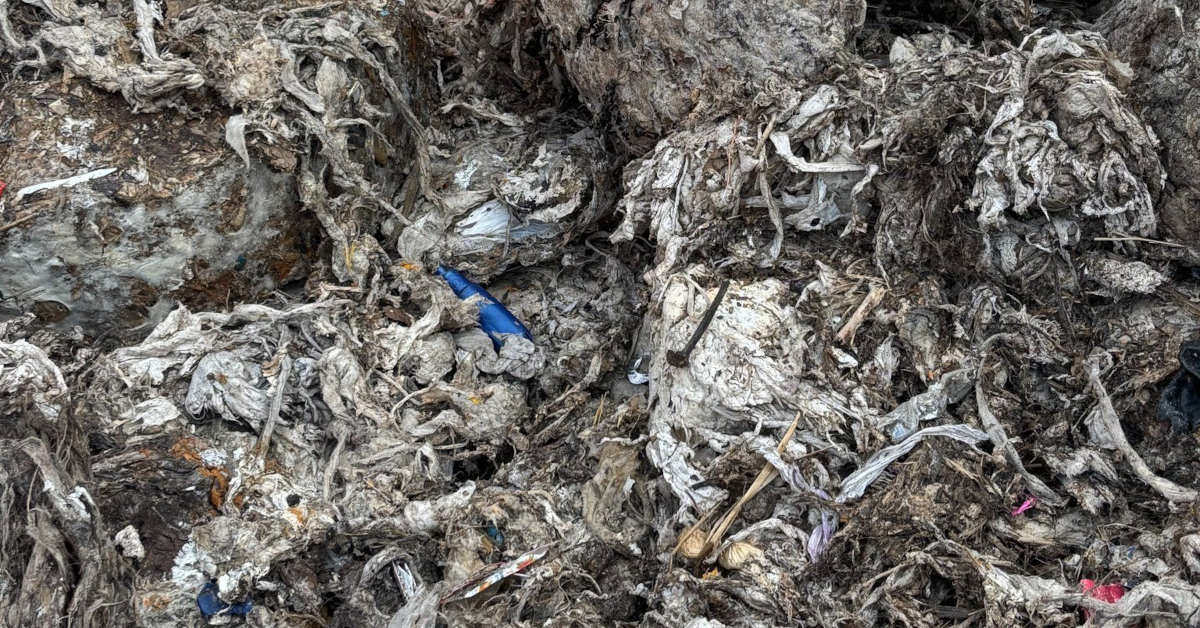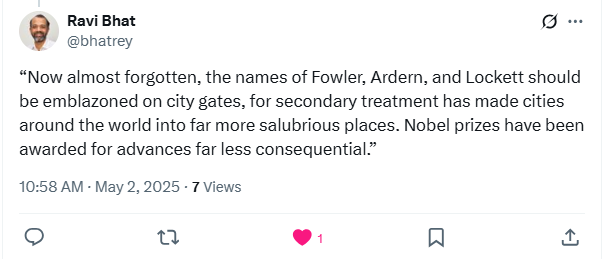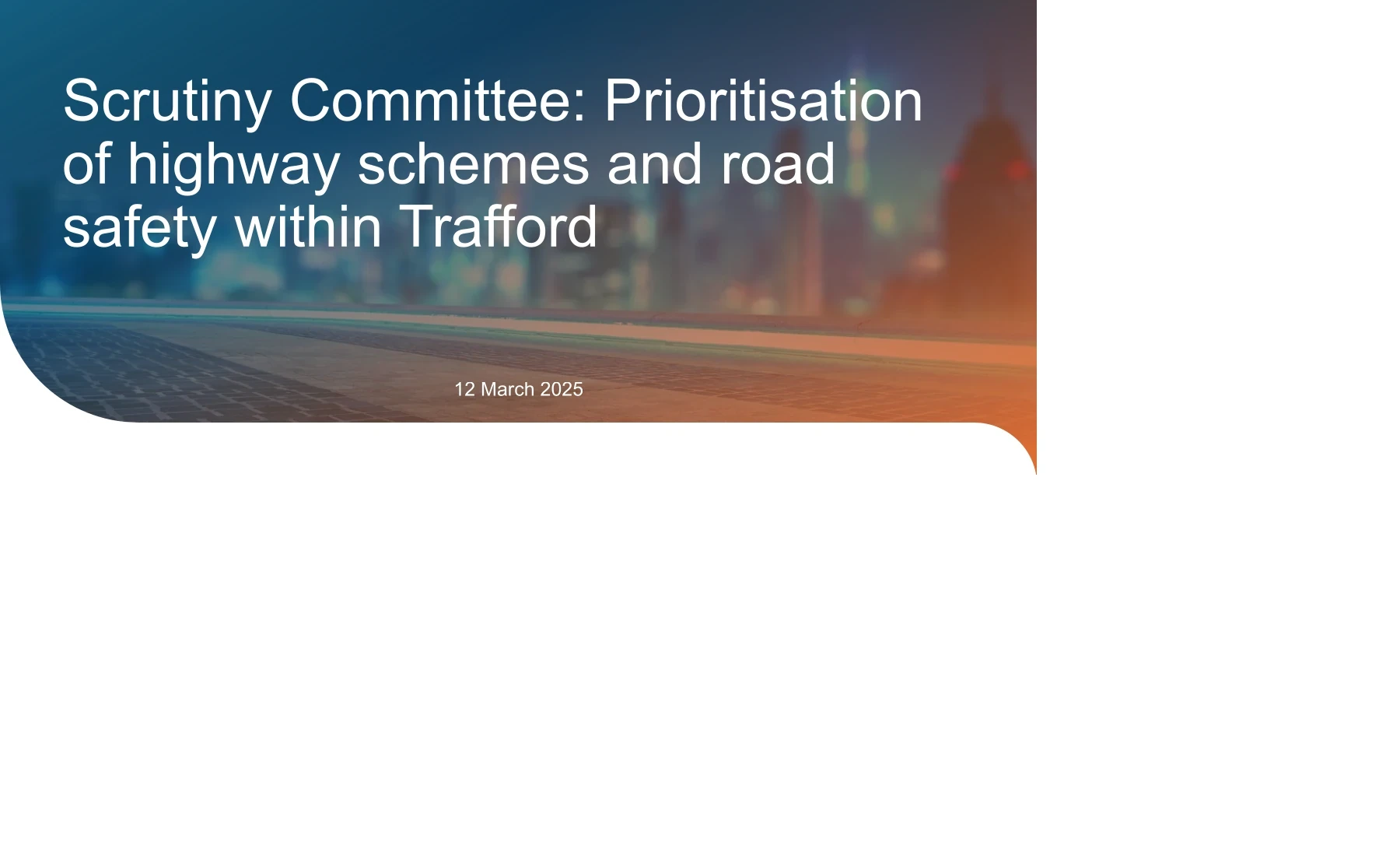Happening at the Council
The Care Quality Commission visited Trafford for its inspection of Adult Social Services last week. This is a big moment for Trafford.
Council Meeting last week
- Reorganisation of Adult Social Services leadership
- Place Directorate Enforcement Policy
- Restatement of Licensing Policy (Annual Renewal)
- Treasury Management Report (A quietly well-performing aspect of the Council. Regardless of political complexion, this team is tasked with managing both our debts and financial assets)
- Corporate Health and Safety Annual Report Reported incidents increased from 47 to 69. That’s a 50% jump and it’s shocking. It’s down to assaults.
Political Motions to council (5)
Link to the Motions section on the Council meeting agenda
What can I say?
I did as I was told. I kept my mouth shut as instructed. I voted as whipped.
Ultimately, it was a mix of posturing and moral scolding. The more we are removed from the neighbourhoods we represent, the more we inhabit an alternate universe. Nobody wins and you won’t hear of these motions again. It’s just hierarchies reinforcing themselves. The people sat on the council dais win. That is all.
We’ve got to find new ways of highlighting serious issues.
Council Finances
The period from October to December is typically the time when the next year’s budget comes together. Assumptions are made about the Government’s settlement and other unknowns such as pay settlements.
I notice my old friend, former Councillor Jonathan Coupe, has been raising the absence of a draft budget.
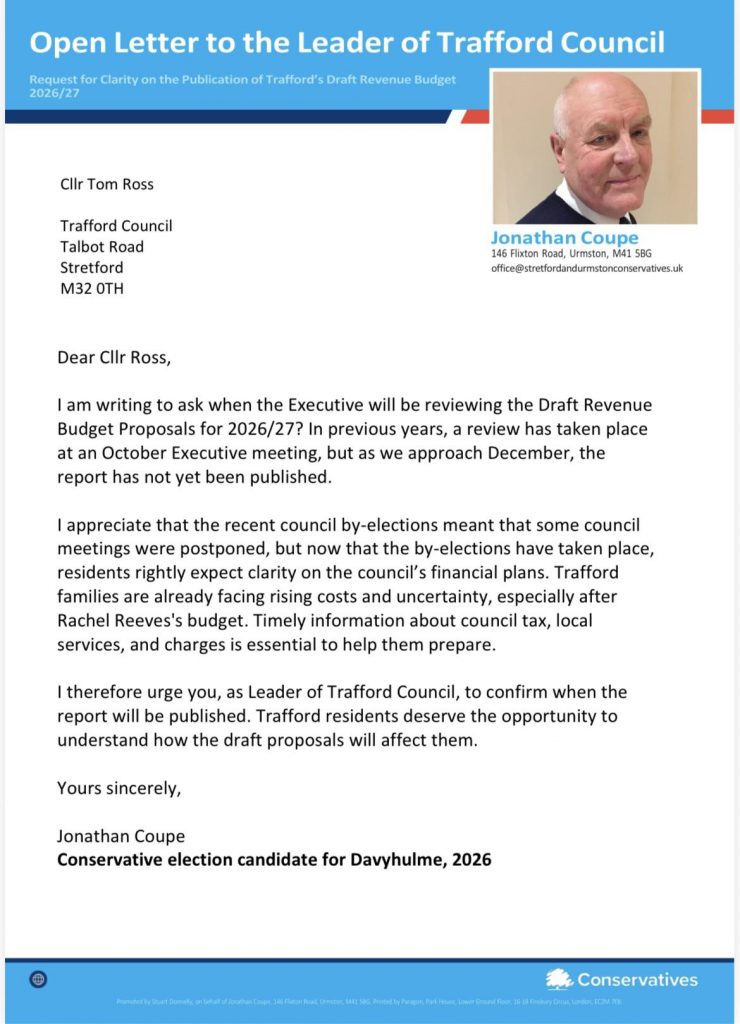
I was scheduled to be a member of a scrutiny committee from late summer. It never met and meetings scheduled for December have now been cancelled. Jonathan is right to question where we are.
I think this tells you how much depends on the final Local Government Settlement. We are never given the actual date, but it was the 18th December, which triggered our application for Exceptional Financial Support from the Government in 2024. Given that £9.6m of that financial support was not consolidated, but was actually a borrowing facility that will have to be paid back over time, I would have preferred a worst case budget for 2026/27. I hope the Government understands the financial precipice I suspect we’re standing over.
The monitoring report for the current year is to be presented at tonight’s executive. It looks like we’re on course to spend that £9.6m capitalisation. All things being equal, that would leave us needing to make up that £9.6m just to stand still without any increases in costs.
The government has recently published its fair funding review. We won’t know the full impact until the settlement is published, but prioritising support for the most deprived councils won’t necessarily help Trafford.
Executive Meeting 8th December
Apart from the current in-year budget position there’s a couple of other items on the agenda;
- Potential compulsory purchase New Street Altrincham – L&Q have a development there.
- Memorandum of Understanding with L&Q on future working collaboration
I would have preferred this memorandum of understanding to have undergone pre-decision scrutiny. Were L&Q working collaboratively when they emptied Circle Court?
- Corporate Performance 13 indicators rated Green, 16 rated amber/red
- Activation of Trafford’s Cultural Strategy – go ahead for Trafford Is… platform
- Urmston Plan – all councils do this type of thing and you’re left feeling wouldn’t it have been better to just do some implementation. We knew that the Urmston Market site was frustrating residents. Has this ‘plan’ brought about any resolution?
- Advanced Manufacturing Skills Programme – our contribution to a GM wide programme.
Planning Committee applications
None within the ward, but Stretford Town Centre is important to many of our residents. This will be heard on Thursday evening.
- Lacy Street – Residential development (use class C3) of 53 dwellings with associated amenity space, access, car and cycle parking, external landscaping, drainage and other associated works.
The recommendation is for members of the committee to grant this application from Trafford Council. I’m on record as opposing it as an unsuitable use of this prime location.
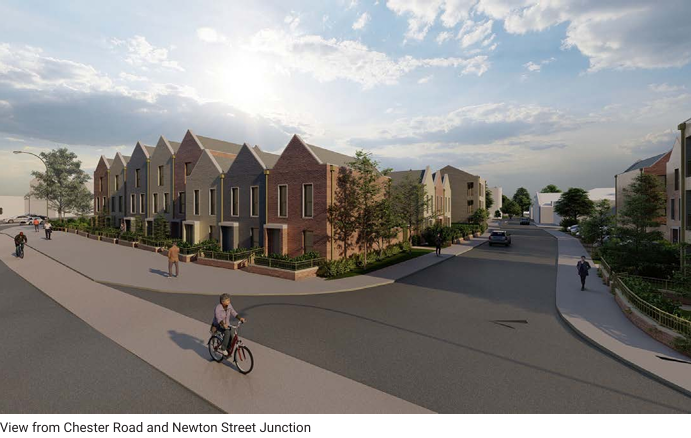
It’s hard to imagine a less walking/cycling friendly junction. Just as the Urmston plan is advocating raised crossings, Stretford proposes fast corners to the junctions in the centre of Stretford. Front doors and gardens onto Chester Road are brave at best.


